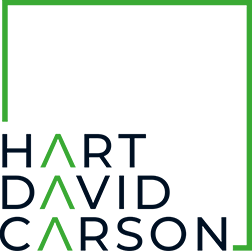Corporate governance demands high levels of efficiency and transparency, and the implementation of new technologies has aided in that endeavor. There are many ways in which technology can aid in these matters, but it may also present some risks as well.
Higher Transparency and Accuracy
When used well, technology allows for more consistent transparency and accuracy of data. Databases with dedicated portals help company leaders access information without rifling through physical filing cabinets, and databases can be configured to limit access to only those with the right amount of clearance.
Software used to make changes to data tracks those who make those changes, allowing for higher levels of accountability. People are held responsible for the way they use information simply by virtue of the technology involved. If someone abuses data or attempts fraudulent behavior, well-designed software would provide the needed evidence to hold them accountable.
Making records of meetings and other matters is also easier. Automated software can take minutes during meetings, store data from company processes, and allow for greater insight into an organization’s operations through advanced data analysis.
Easier Collaboration
Technology can also facilitate collaboration, especially in a world that’s ever more on the go. Remote communication apps and meeting software allow people to check in on meetings while traveling abroad, thereby facilitating prompt discussion of pressing issues and allowing everyone involved to remain informed.
Company software can facilitate voting by shareholders and the dispensation of information to board members. Instead of waiting for weeks for board packets to arrive in the mail, for instance, board members can receive all the information they need instantly by email. This and other advantages allow companies to become more agile and to innovate at a much faster rate.
Potential Risks
Along with the advantages of technology in corporate governance, there are some risks as well. For example, while software can help uphold a company’s transparency, it could also have the reverse effect. The opaque nature of a program’s code could be used to hide fraudulent activity or errors within the system, so it’s important to make sure applications used within the company are designed with transparency in mind.
Tech also needs to be handled in a way that maximizes security. The mere existence of so much data in one database presents an inherent risk of a data breach, making it important to plan out effective security measures.
Legal Implications of Technology in Corporate Governance
When designed and implemented well, tech solutions can have a positive impact on an organization’s corporate governance. They can help ensure compliance with a wide range of regulations that deal with transparency and accountability.
That said, these solutions need to be designed well so that they don’t have an opposite effect. In addition, they need to handle sensitive data that protects clients and third parties. Otherwise, technology could expose a company to high levels of liability.
When determining corporate governance structures and policies, legal counsel is invaluable. To make sure your processes and uses of technology are in line with legal principles, contact the attorneys at Hart David Carson LLP for a free consultation.

